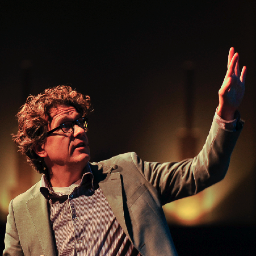Menno is Director of the Sogeti Research Institute for the Analysis of New Technology (VINT). He mixes personal life experiences with the findings of the 19 years of research done at the VINT Research Institute. Menno has co-authored many books on the impact of new technology on business and society. This is the list of the books and research project he has worked on: Making IT-Governance Work Open for Business – open-source-inspired innovation Me the Media: Rise of the conversation Society Don’t Be Evil Powershift – energy transition The App Effect Cyber Security Manifesto Big Data “Things” Menno received the Computable Award “Researcher of the Year” for research done in the field of open innovation and business transformation in October 2007. He is member of the Advisory Board of the Telecom & Management School of Business in Paris and member of the Coordinating Commission of the Social Media Research Centre Somere of the University of Twente (Netherlands). Menno is the host of a 1300+ business innovation community called “Social Strategy Talk” with events that are held in Amsterdam. He was born in Gouda (say cheese) and went to Erasmus University to specialize himself in the field of economic psychology. This formed the base of his human-centric view on new technology.
Select your location
 English | EN
English | EN


